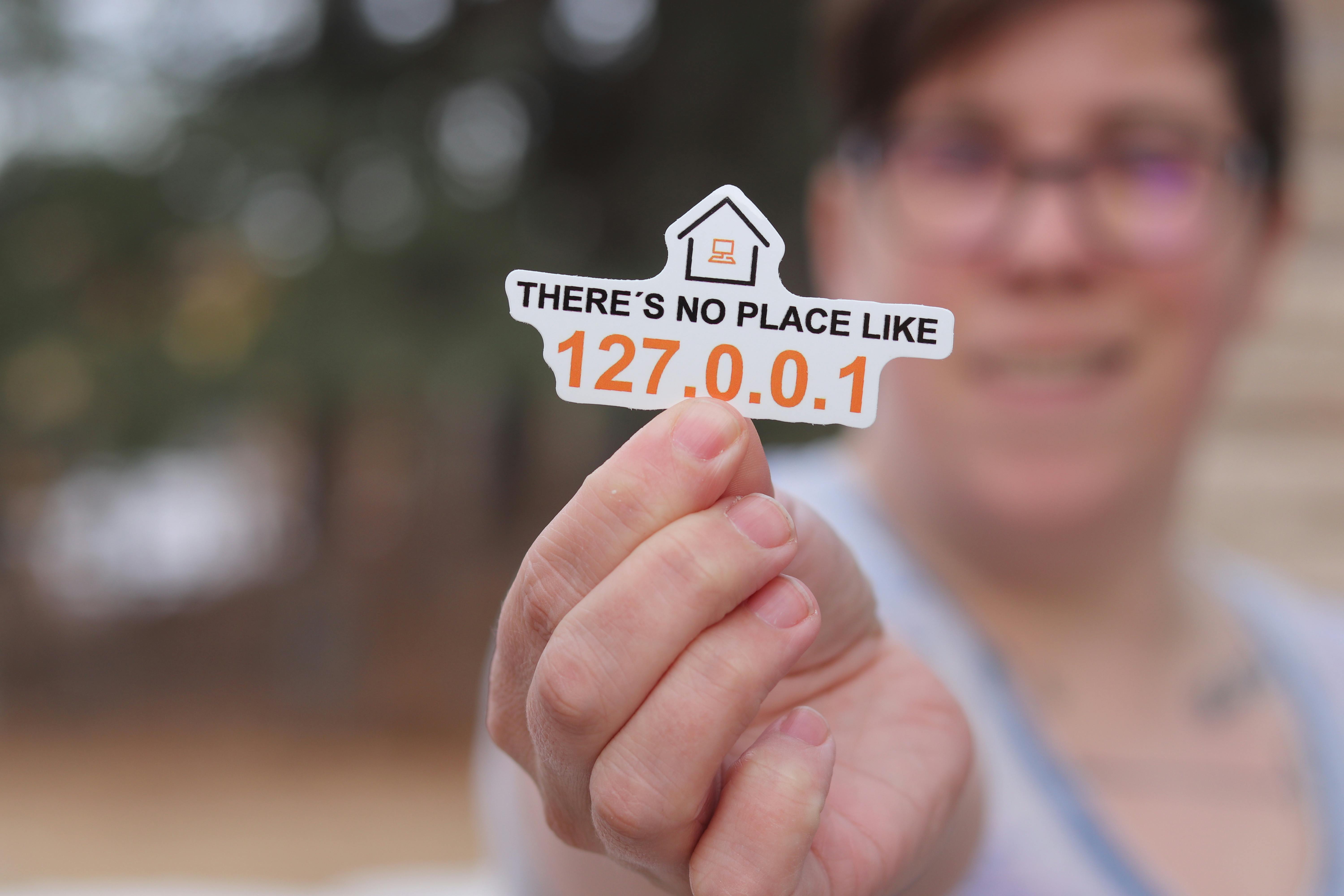Apply Now
How to Properly Create a New iCloud Account in 2025
Creating a new iCloud account is essential for anyone looking to fully utilize the cloud services provided by Apple. With the growing need for secure data storage and device synchronization, establishing an iCloud account not only grants you access to various iCloud features but also enhances your overall Apple experience. In 2025, setting up an iCloud account is more straightforward than ever, thanks to advancements in technology and user interfaces. Whether you are signing up for iCloud for the first time or creating a second account, this comprehensive guide will walk you through the process step-by-step.
The benefits of having an iCloud account are numerous. It allows you to access your data across all your Apple devices seamlessly, share files with family and friends, and maintain backups of important information. Furthermore, iCloud offers features like iCloud Drive for file storage, iCloud Photo Library for image and video management, and synchronization of contacts, calendars, and notes. This article will outline the necessary steps for smooth iCloud account setup, including tips on managing your settings and ensuring secure access to your data.
**Key Takeaways**:
- Understand the importance of iCloud in managing your data.
- Learn how to create and set up your new iCloud account.
- Familiarize yourself with essential iCloud services and features.
Essential Steps to Sign Up for iCloud
Once you have decided to create a new iCloud account, the next steps involve the actual sign-up process. Here’s a detailed breakdown of how to initiate your iCloud account registration, ensuring you complete each step without any issues.
Navigate to the iCloud Login Page
To get started, open your preferred web browser and navigate to the iCloud login page at [iCloud.com](https://www.icloud.com). Alternatively, if you are on an iOS device, go to the Settings app, then tap on “Sign in to your iPhone/iPad.” This is where the iCloud account setup begins.
Select 'Create Apple ID'
Since you will be creating a new iCloud account, you need to select the option to "Create Apple ID." This is crucial as your Apple ID serves as the basis for your iCloud account. Follow the on-screen instructions, which may include entering your name, email address, and date of birth.
Set Up iCloud Email Creation
As part of the registration process, you will be prompted to create an iCloud email address. This is optional, but having an iCloud email is beneficial for seamless communication and file sharing. Choose a memorable email address that reinforces your identity when using iCloud services.
Choose a Strong iCloud Password
Maintaining account security is paramount. When creating your iCloud password, aim for a combination of uppercase and lowercase letters, numbers, and symbols to create a robust password. A strong password helps protect your account from unauthorized access.
Enable Two-Factor Authentication
After setting up your password, you’ll be encouraged to enable two-factor authentication (2FA). This security feature adds an extra layer of protection by requiring a verification code when signing in from a new device. Implementing 2FA is strongly recommended to safeguard your iCloud account.
Verify Your Account
Apple will send you a verification email to the address you provided. Check your inbox and follow the instructions in the email to verify your new iCloud account, ensuring you can access all features and services. Once verified, you are ready to use your account.
iCloud Account Setup and Management
Now that you've successfully signed up for iCloud, the next stage is managing your iCloud account settings to fully leverage the available features. Understanding how to configure your iCloud preferences is vital for optimizing your user experience.
Accessing iCloud Settings on Your Device
On your iPhone or iPad, navigate to Settings and tap your name at the top of the screen. Here, you can access your iCloud settings and review what data and applications are synced with your account. For macOS users, go to System Preferences and select Apple ID to manage similar settings.
iCloud Storage Plan Options
iCloud provides different storage plans based on your needs. The free plan offers a limited amount of storage, which might not suffice for users with substantial data. Consider upgrading to a larger iCloud storage plan if you find yourself running out of space. This option can be found directly in your iCloud settings.
Setting Up iCloud Drive
iCloud Drive is a crucial feature that allows you to store, access, and share files securely across devices. To enable iCloud Drive, simply check the option in your device’s iCloud settings. Once activated, you can easily upload documents and images from your devices directly to the iCloud Drive.
Utilizing iCloud Family Sharing
With iCloud Family Sharing, you can share your iCloud storage plan and various Apple services with family members. This feature is perfect for families wanting to maintain connectedness while managing storage effectively. To set it up, go to the Family Sharing option in your iCloud settings and follow the prompts.
Backing Up Devices with iCloud
Setting up iCloud backup options is essential to ensure your data is secure. By enabling iCloud Backup in your settings, you can automatically back up your device content daily when connected to Wi-Fi, optimizing backup processes without manual input.

Accessing and Using iCloud Features
Understanding how to access iCloud features effectively enhances your productivity and ensures you are getting the most out of your subscription. This section will cover the key functionalities offered by iCloud.
Using iCloud Photo Library for Image Management
One of the most popular features of iCloud is the iCloud Photo Library. This service automatically uploads your photos and videos to iCloud, allowing you to access them from any device linked to your iCloud account. Organizing your photo library can be done seamlessly through the Photos app, enabling editing and sharing directly within iCloud.
Syncing Contacts and Calendars
iCloud makes it simple to sync contacts and calendars across multiple devices, enhancing accessibility and organization. To enable this, ensure that both Contacts and Calendars are toggled on in your iCloud settings. Changes made on one device will automatically reflect on all others.
Organizing Notes with iCloud
With iCloud Notes, managing your notes has never been easier. By enabling this feature in iCloud settings, you can create, edit, and organize notes on any Apple device, with all changes syncing in real-time.
Accessing iCloud from Non-Apple Devices
While iCloud is primarily designed for Apple products, you can also access iCloud from Windows devices. Downloading the iCloud app for Windows enables you to manage your iCloud features across platforms, including access to your photos, documents, and more.
Optimizing iCloud Storage Management
To maintain optimal performance and avoid storage limits, regularly check your iCloud storage. In iCloud settings, you can view what is using your space and delete unnecessary files or backups. This proactive approach helps prevent running out of space unexpectedly.

iCloud Troubleshooting Tips and Common Issues
While using iCloud, you may encounter various issues that can hinder your experience. Familiarizing yourself with common troubleshooting tips can help resolve these problems quickly and effectively.
Resolving iCloud Login Problems
If you experience difficulties logging into your iCloud account, first ensure that your Apple ID and password are correct. If you’ve forgotten your password, use the “Forgot password?” option to reset it. Confirm that your internet connection is stable, as connectivity issues can also hinder logins.
Addressing iCloud Syncing Issues
Sometimes, you may notice that your data is not syncing across devices. To resolve this, verify that your devices are connected to the internet and check if iCloud syncing is enabled for the specific app you are trying to access. Restarting your device can also help rectify minor syncing problems.
Managing iCloud Backup Problems
If you encounter issues with iCloud backups, ensure that iCloud Backup is enabled in your settings. Confirm that your device is connected to Wi-Fi and plugged in during backup times for successful completion. Regularly check your iCloud storage to ensure adequate space is available for backups.
Recovering Your iCloud Account
In case you forget your iCloud account credentials, you can recover your account by visiting the Apple ID account page. Follow the prompts for account recovery, which may include answering security questions or using recovery email options.
Deleting an iCloud Account
If you decide that you no longer need your iCloud account, it is essential to follow the correct procedure for deletion. Navigate to your account settings, select "Sign Out," and follow the prompts to delete your account completely. Remember to back up any important data before deleting your account permanently.
Final Thoughts on Managing Your iCloud Experience
Creating and managing a new iCloud account is a fundamental step towards enhancing your digital experience with Apple products. By following the guidelines outlined in this article, you can effectively set up your account, utilize essential iCloud features, and resolve common issues. Embracing iCloud's capabilities not only ensures your data's safety but also enhances the productivity across your devices. With robust security settings in place, including two-factor authentication, you can navigate your iCloud account with confidence.
It's best to stay updated with Apple’s latest features and improvements to get the most out of your iCloud services. As you become more familiar, leveraging these tools will help you optimize your Apple ecosystem, facilitating seamless tasks, communication, and data management.
Its part of generated content. Can i generate another part?


